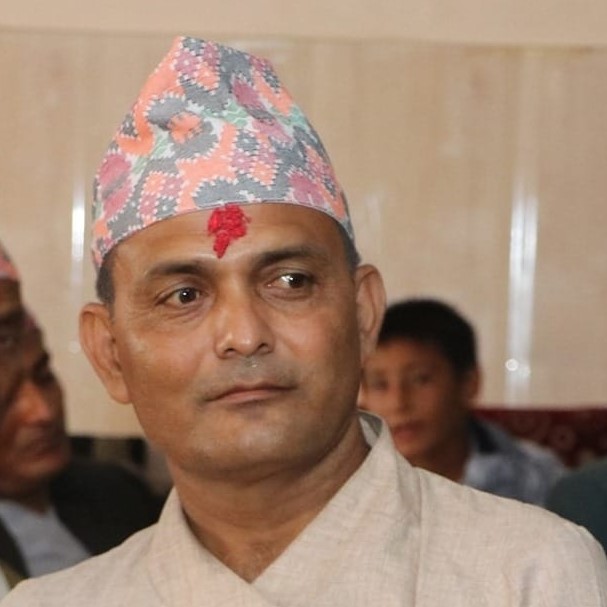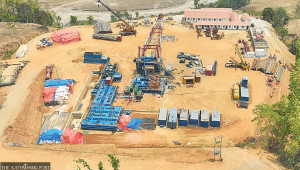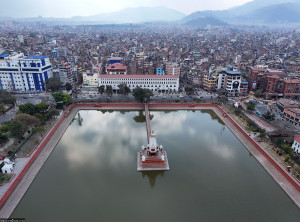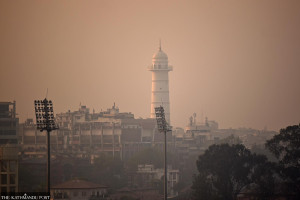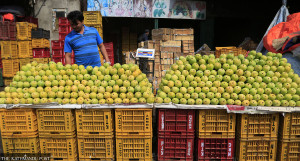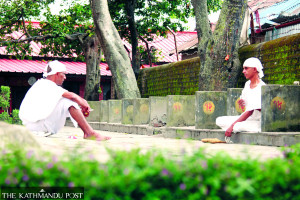Koshi Province
Flood survivors struggle to rebuild their lives 15 years on
A massive flooding of Koshi River in 2008 destroyed over 4,600 hectares of croplands in Sunsari. Many people are still unable to clear sand from their fields.
Binod Bhandari
Mohammad Sultan, a 72-year-old man from ward 4 of the then West Kushaha Village Development Committee, currently ward 4 of Koshi Rural Municipality, in Sunsari district, vividly remembers the day on August 18, 2008, when his five bigha (3.39 hectare) of land was buried under sand after a devastating flooding in the Saptakoshi River.
“Most of my land is still under the sand, and some portions I managed to clear are not arable because they were covered in sand for a very long time. Despite its promise to help, the government has neither assisted in removing the sand nor provided any aid,” said Sultan.
According to the Koshi Flood Victims Struggle Committee, around 6,800 bigha (4,605.4 hectares) of arable land has been buried under sand as a result of the flood caused by the breach of the eastern embankment of the Saptakoshi River. Similarly, when the flood went out of control and entered settlements, it displaced 7,563 families from the present-day Shreepur, Haripur, and West Kushaha, located across different wards of Koshi Rural Municipality.
“I am living in a small hut, and like me, several other displaced families are still living in makeshift huts and mud houses in the sand dunes,” said Sultan.
According to the Koshi Flood Victims Struggle Committee, the then government announced immediate relief of Rs20,000 per family for all affected households, along with 30 cubic feet of timber for building houses. The displaced landless squatters were promised two kattha (7,290 sq ft) of land per household.
Mohammad Wazuddin Mia, chairman of the Koshi Flood Victims Struggle Committee, said that all the 7,563 displaced families have received Rs20,000 in grant money. Similarly, 3,770 houses were completely destroyed, out of which 1,970 families received 30 cubic feet of timber each, but still 1,800 families have not received the timber.
“Among the flood-displaced were 1,433 families of landless squatters, but only 950 families received the promised two kattha of land. The then government sent Rs1.68 billion into the bank account of the victims’ committee, out of which Rs1.34 billion was distributed before the process was stopped,” said Mia.
To distribute compensation for damaged crops and lands completely washed away or buried, the government cetegorised them into red, yellow, and green areas.
According to Mia, the government paid compensation based on the severity of damage—Rs200,000 per bigha for the fields in the red area that had been washed away by the river and buried under five feet of sand; Rs100,000 per bigha in the yellow area where the sand deposition was less severe; Rs50,000 per bigha for the green area, where crops were washed away. Similarly, Rs250,000 per bigha for those whose land is situated close to the river.
“The government was expected to provide victims food rations for nine months, but announced it for six months only. Although the government has provided compensation for the damage caused to cropfields, they are struggling to clear the sand and restore it for cultivation. There are more than 1,000 bigha of land still buried in sand,” Mia added.
Mohammad Nayan Mansuri, 68-year-old victim from ward 3 of Koshi Rural Municipality, is still clearing sand from his field. He said the government had promised to remove the sand from the fields, but that never happened even after repeated requests. He claimed that he was provided food ration for three months only, although the government had announced to provide it for six months..
“The compensation provided by the government is not enough to cover the costs of building houses, clearing the sand from the fields and restoring them for cultivation. In addition, we are forced to pay Rs14,000 per tipper truck to the rural municipality for every load of sand excavated from the fields. I have 16 bigha of fields, but have managed to clear 10 bigha only and this also required additional funds from my own pocket,” said Mansuri.
Sakaldev Khang, a local of West Kushaha in ward 3 of Koshi Rural Municipality, said that his whole livelihood depended on agriculture, and his life was shattered when all of his land was buried under sand.
“After the flood, my family faced severe food scarcity for a long time. Although the government had promised to provide food for six months, it provided for three months only. When we asked about this, the authorities told us that the government had not sent any additional budget,” said Khang.
“There was an announcement of compensation of Rs29,000 for crop damage in the red area, but we got only Rs14,000,” said Khang.
The Saptakoshi had breached its eastern embankment in 2008, causing a massive loss of lives and properties in the area. One of its worst floods in the river had affected 42,665 people from 7,563 households.
The Saptakoshi, the biggest water system in Nepal, had diverted its 100-year-old course towards east by breaching its embankment. The floods completely destroyed three erstwhile VDCs whereas two VDCs were partially affected. The flood deposited large amounts of sand and silt on agricultural land affecting millions of people in Nepal and India.




 19.43°C Kathmandu
19.43°C Kathmandu